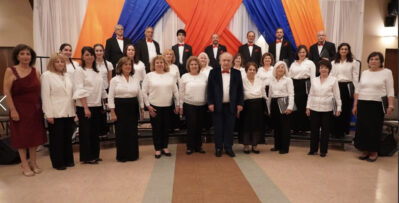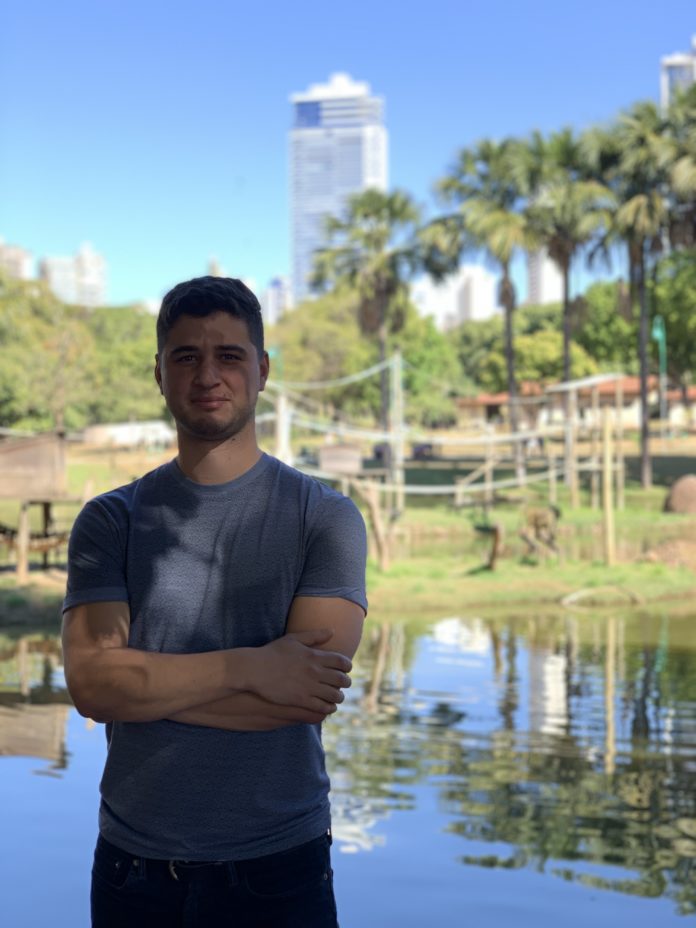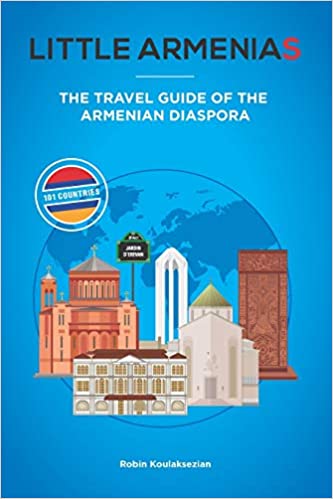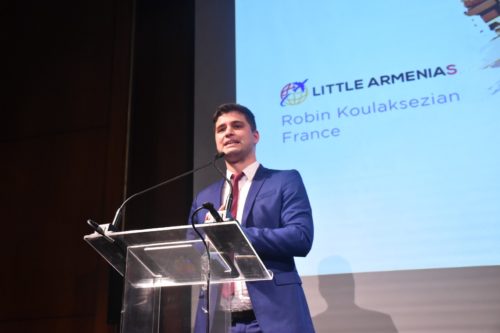PARIS — Say you are visiting Estonia and get the yen for yalanchi. Robin Koulaksezian has you covered. You have your choice of Sevan Grill, Noy Grill and Zangezur Grillbar in downtown Tallinn. Similarly, yearning for some khorovats in Vietnam? Look no further than Restaurant Armenia, Small Armenia and Yerevan Grill BBQ on the beach resort of Nha Trang on the south central coast of that country. Feeling in the need for spiritual support in Eswatini? He offers directions to the Church of Holy Resurrection in the capital.
Readers can find these facts and so much more about culture, population and things to do in the book Little Armenias: The Travel Guide of the Armenian Diaspora, by Robin Koulaksezian, recently released in English.
Koulaksezian, in this compendium piece, has information about 101 countries. The 280-page book is categorized by countries, then cities, where appropriate. The information is succinct and easy to read.
He graduated from Sorbonne University and later received a master’s degree from ESSEC Business School.
He speaks eight languages.
Koulaksezian, in his press material, calls himself a traveler. Indeed, he is one.










